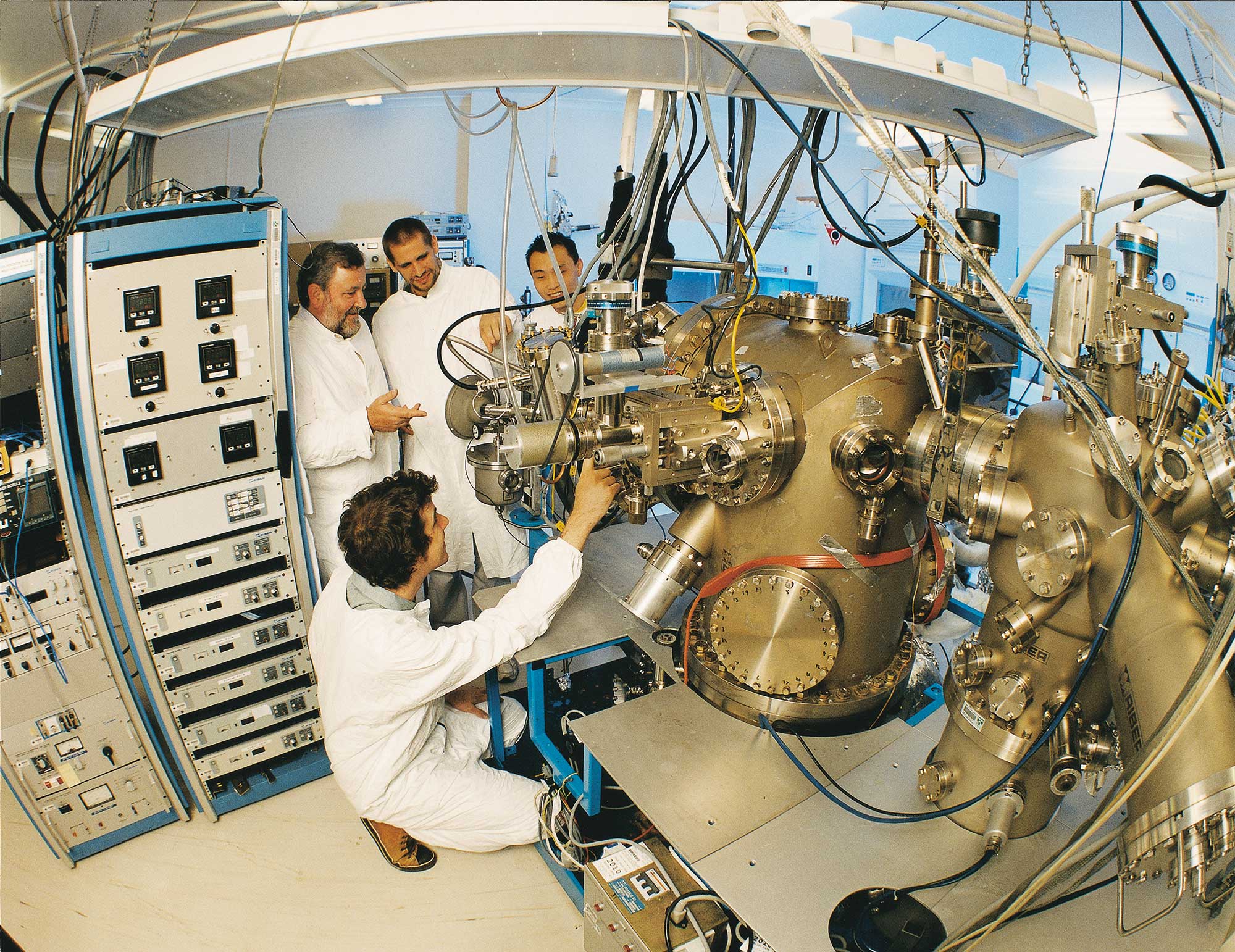
AC and DC characterisation are methods of measuring the electrical properties of a device or a circuit. AC characterisation involves applying an alternating current (AC) signal and observing the response in terms of voltage, current, impedance, frequency, etc. DC characterisation involves applying a direct current (DC) signal and observing the response in terms of resistance, power, efficiency, etc. Both methods are useful for understanding the performance and limitations of electronic devices and circuits.


